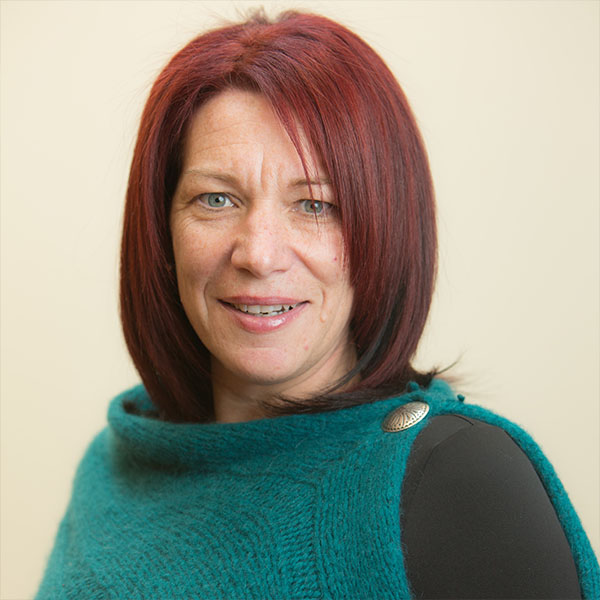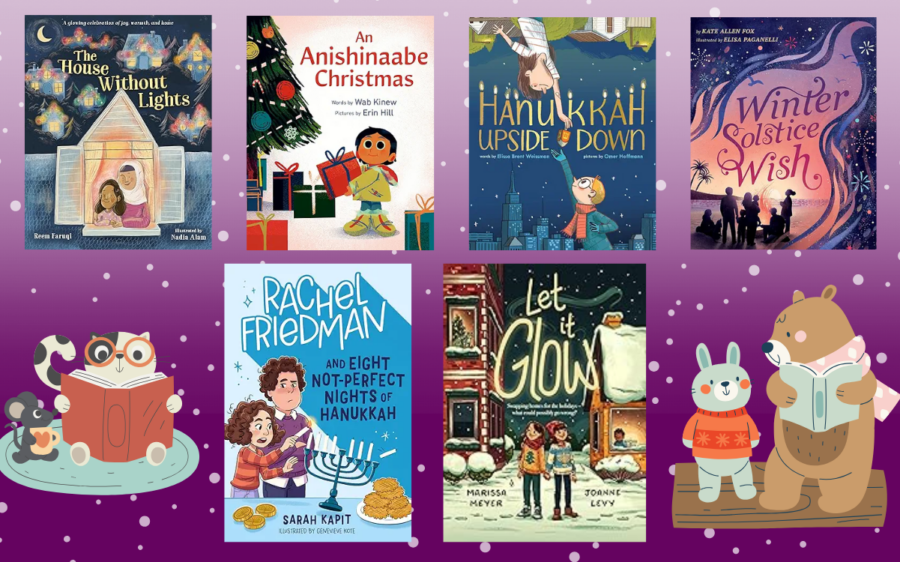What happens when teachers believe that young children are writers?
With this question in mind, I asked my niece, Molly, an education major, to spend some time working with Alexander, a two-and-a-half-year-old that she knows. I provided the following guidance:
- Have a piece of paper and some crayons or markers available.
- Ask him to tell you a story.
- Encourage him to draw what he shares.
The following is Alexander’s story:

At first glance, this might look like a bunch of scribbles on a page and a miniature blue deer. However, within this picture is a story about a recent trip to the park, a fall that led to a scraped knee and some sad feelings (yellow marks). There is also a second story about seeing a spider on a gate the week before. This memory led to the drawing of spiders (bottom right-hand corner), talking about a love for Spiderman, and the spinning of spider webs. The blue deer miniature became a device Alexander used to turn his drawings into an interactive playmat as he retold his stories.
A Look Inside the Experience
What helped make this piece of writing possible besides paper, a pen, and a marker? A lot of talk, encouragement, some snacks, and a belief that Alexander is a writer. Here is a small snippet of their conversation:
Molly: Are you drawing a face?
Alexander: Face. [using a yellow marker.]
Molly: Whose face is this? Is it your face?
Alexander: No.
Molly: Is it Mommy’s face?
Alexander: Not Mommy’s face.
Molly: Whose face is this? Is this Miss Molly?
Alexander: Yes, I draw Miss Molly.
Molly: You drew Miss Molly. What am I doing in the picture?
Alexander: [Continues to draw with self-talk, “Round, round, round, round, round, face.”]
Molly: You are drawing another face. Who are you drawing now? Is that you?
Alexander: Yes.
Reflecting on the Experience
When I asked Molly to share her thoughts and reflections about this experience, she was amazed by the amount of information Alexander was able to share and his ability (with her support and a few snacks) to stay focused and invested in this piece of writing for 18 minutes.
Taking into consideration that Alexander is an active two-and-a half-year-old with a limited attention span most of the time, the time he spent writing verged on a miracle according to my niece. Another interesting outcome was that Alexander was able to share his piece of writing with his mom later in the day.
With my initial question in mind, I asked Molly, “Is Alexander a writer?” Her response: “He’s absolutely a writer. He may not have used written words, but his illustration depicted the stories he was telling. Isn’t that what writing is all about?”
The Power of Belief
As teachers, we can provide paper, pencils, markers and time to write. However, our belief that young children are writers is something that we need to cultivate and share. How do writing identities begin? They begin with us, the adults in children’s lives who believe that they are writers with stories to tell and messages to communicate.
Molly physically gave Alexander a piece of paper, a marker, and a pen, and then she listened to him and brought out the writer within. His words and marks on the page became documentation of a day at the park and a love of spiders that he could then retell to himself and share with his mother.
Fostering Children’s Writing Identities
Would you like to think more about how to support and encourage young writers? Join my colleague, Wendy Vaulton, and me for Joyful Writing in PreK and Kindergarten on August 14th and 15 where we will explore what it means to be a writer and how to help young children tell their stories, draw, and write. Click on this link to learn more: https://crrlc.lesley.edu/pd/su24-joyful-writing/





